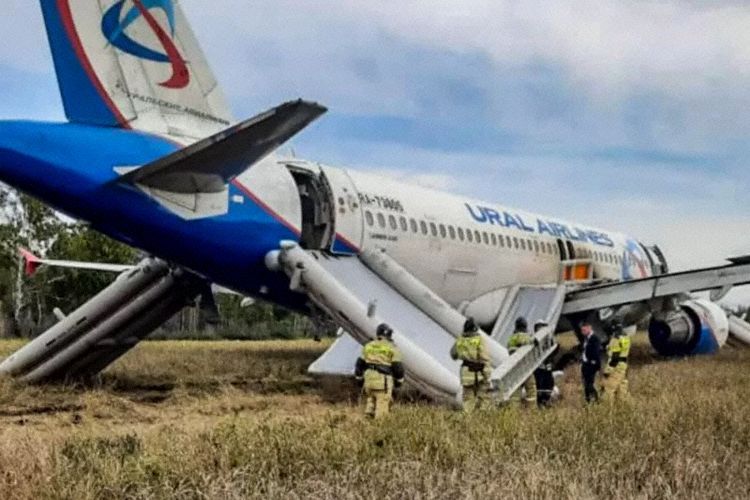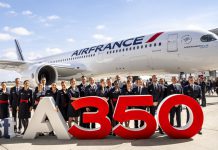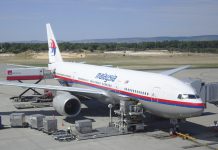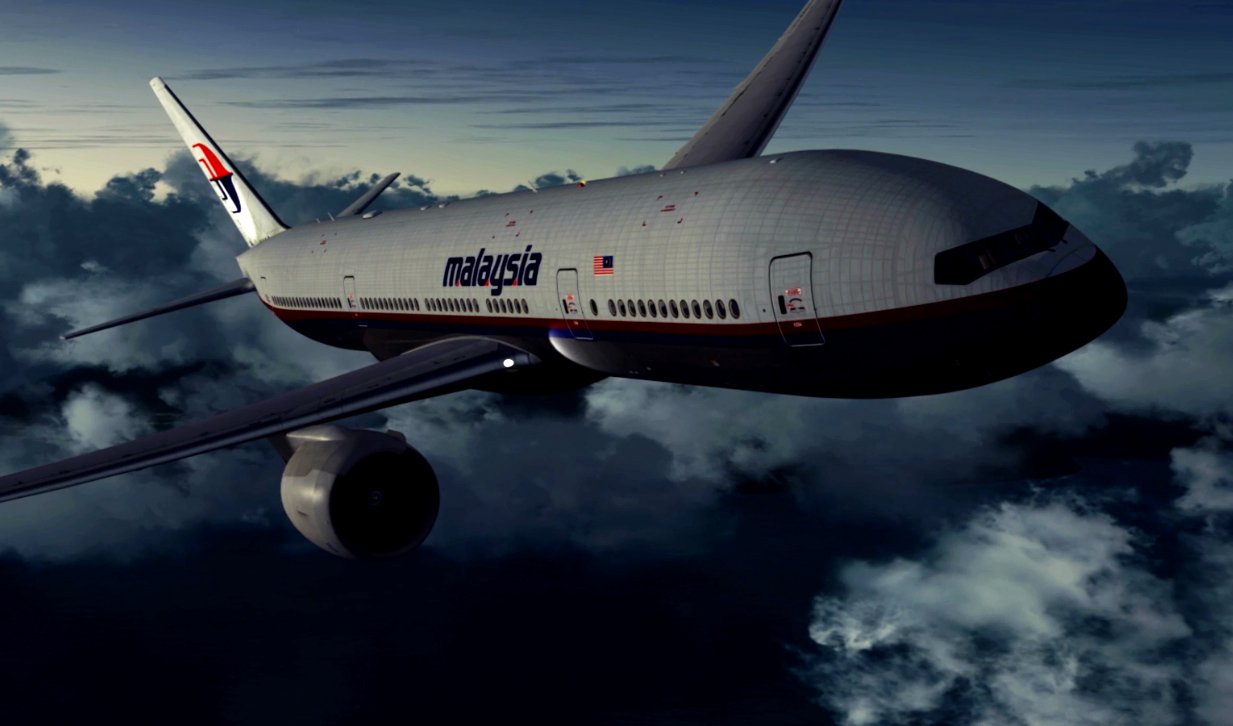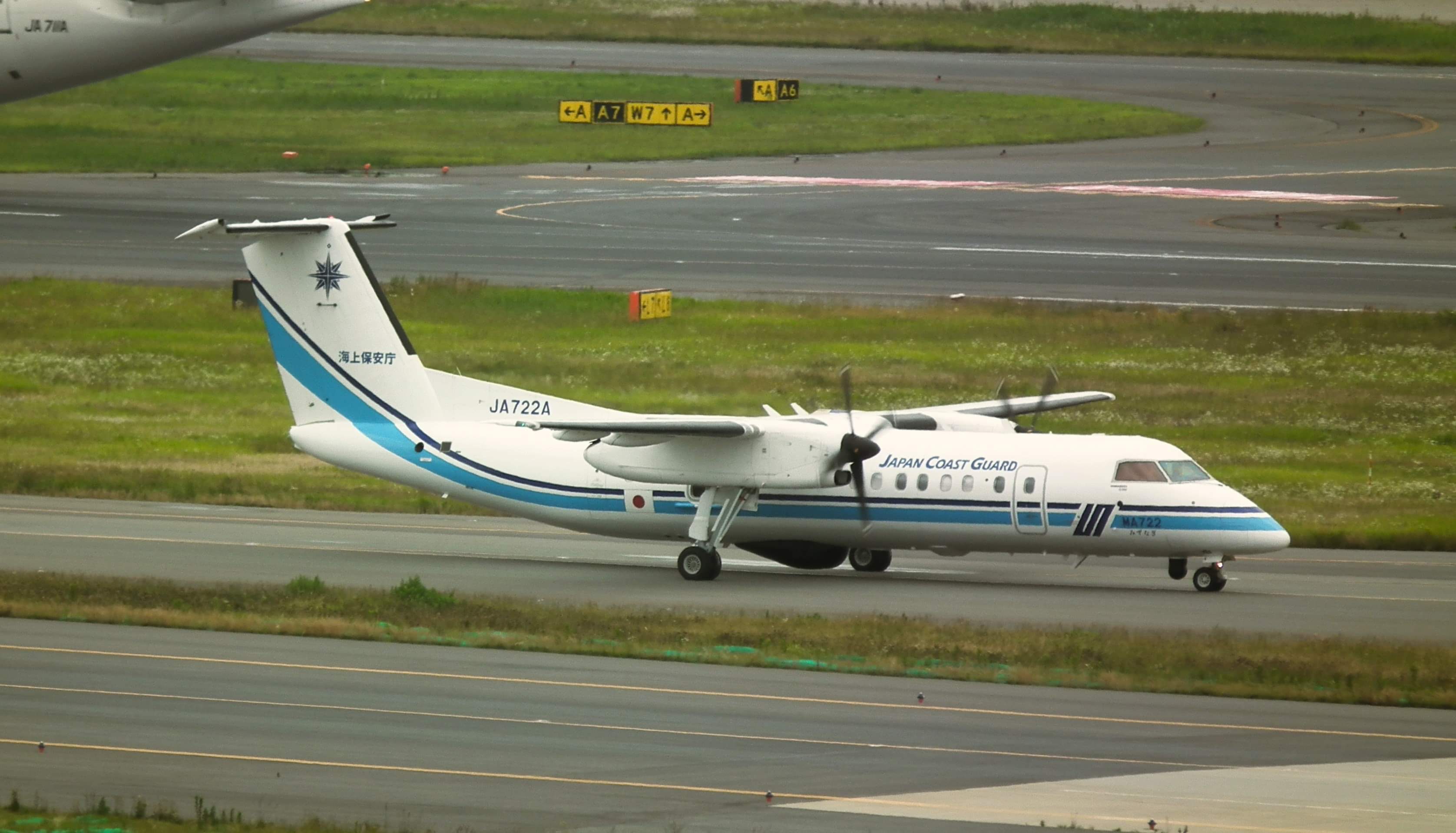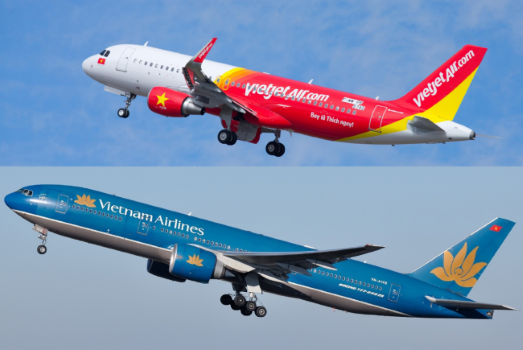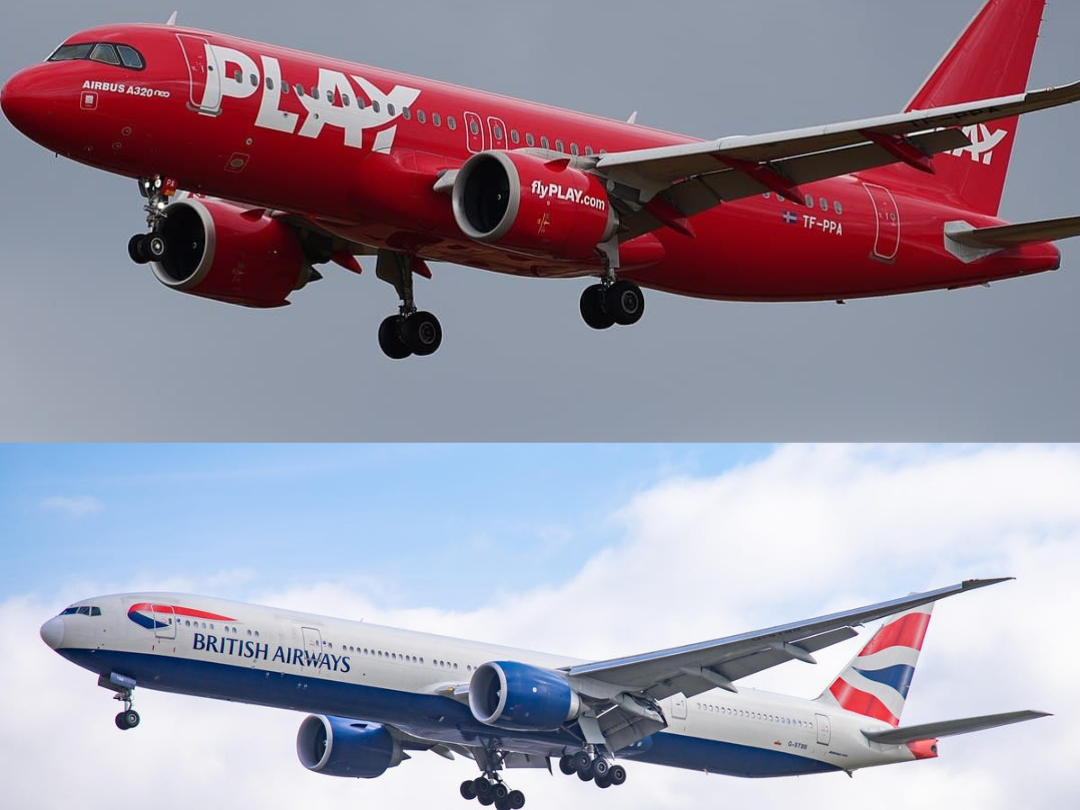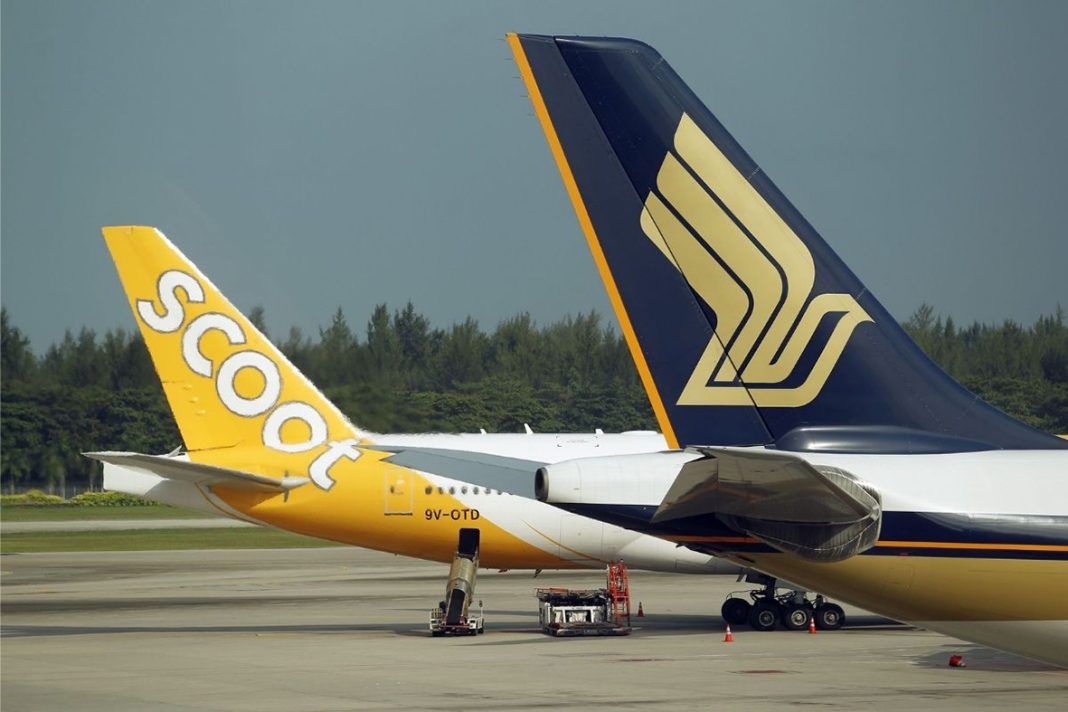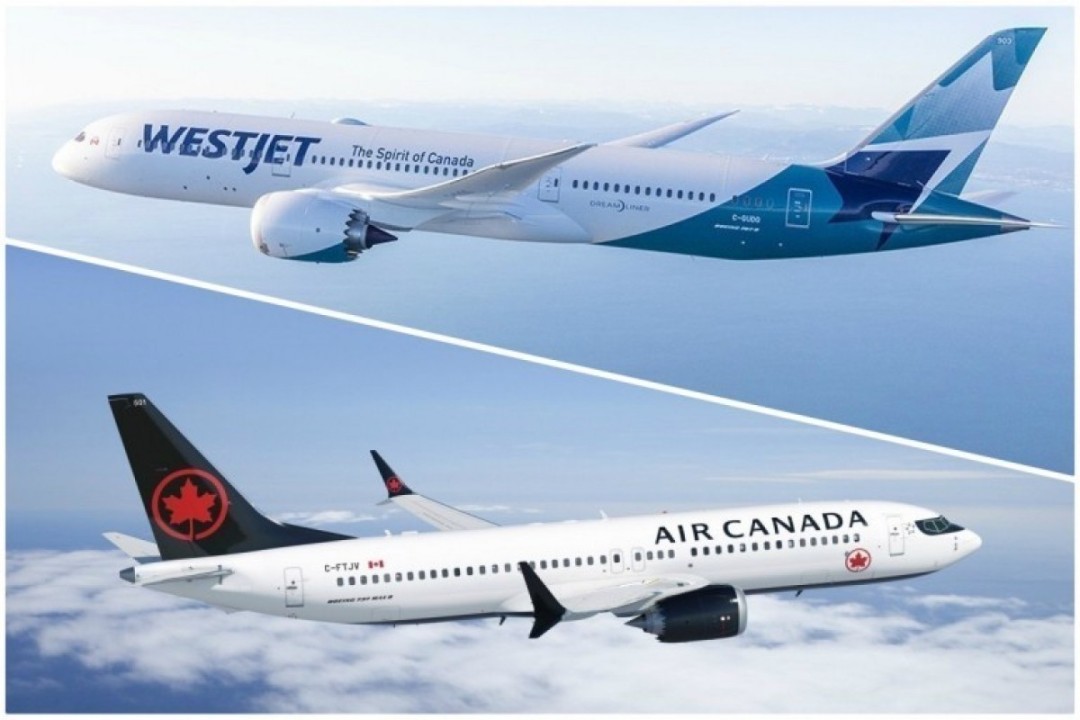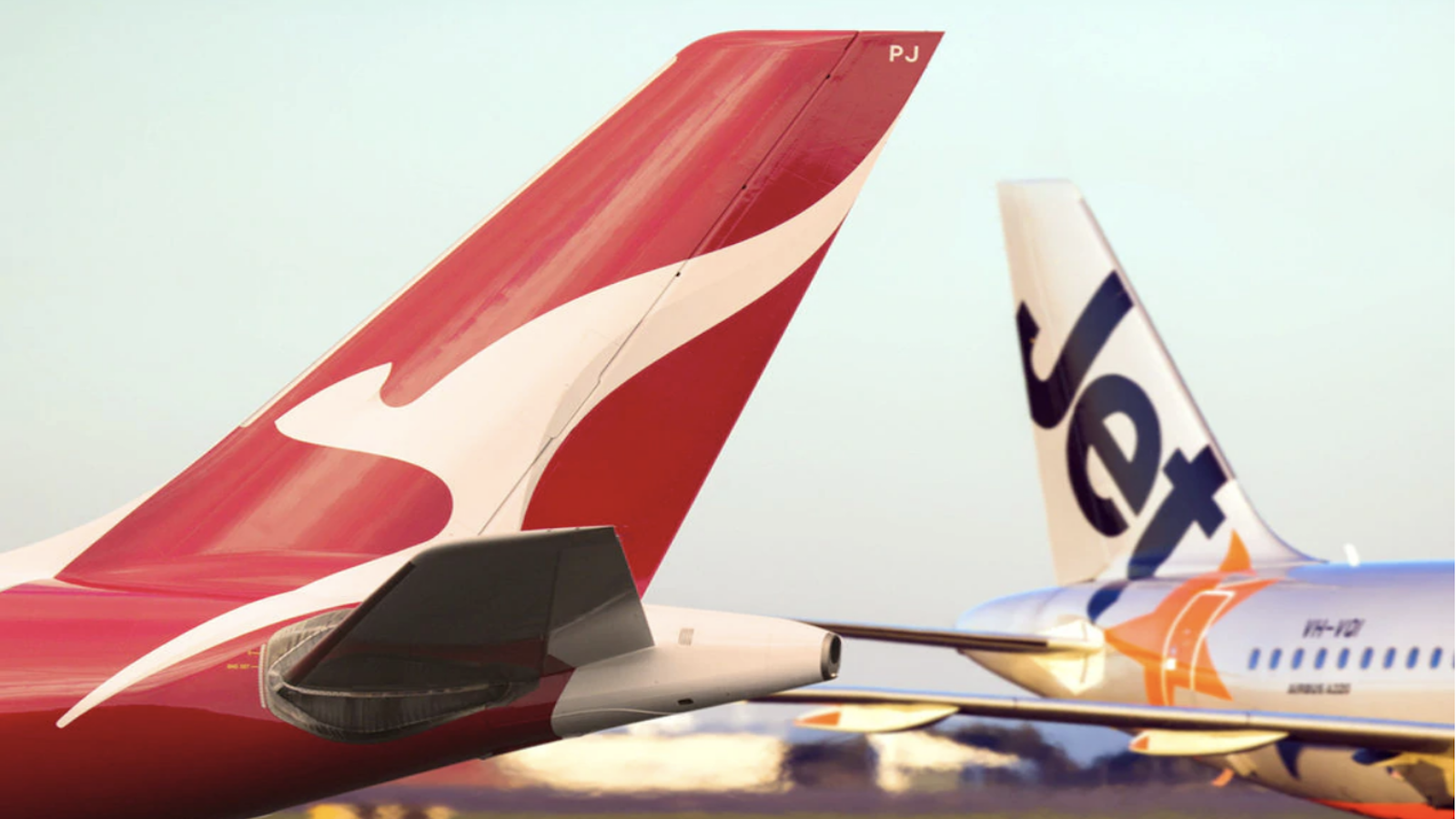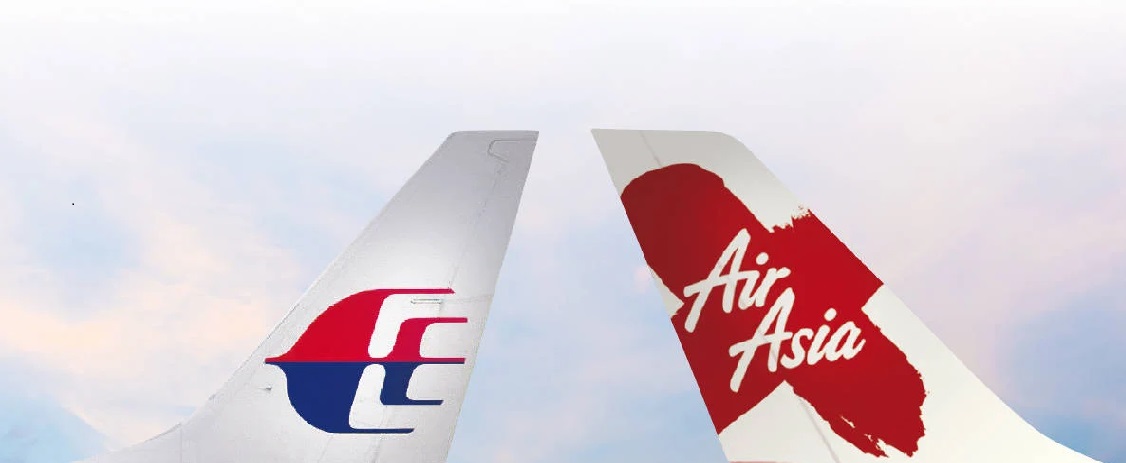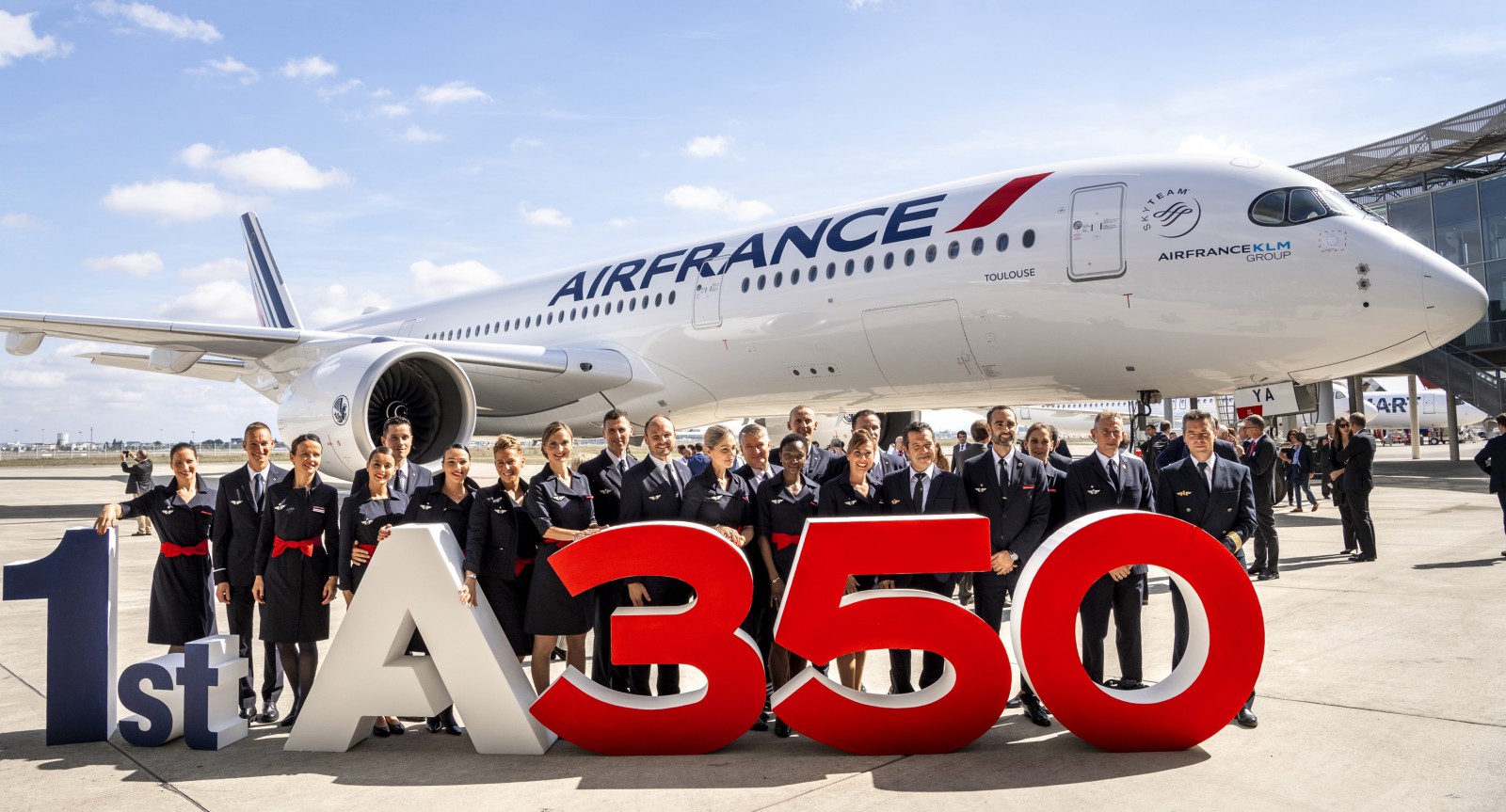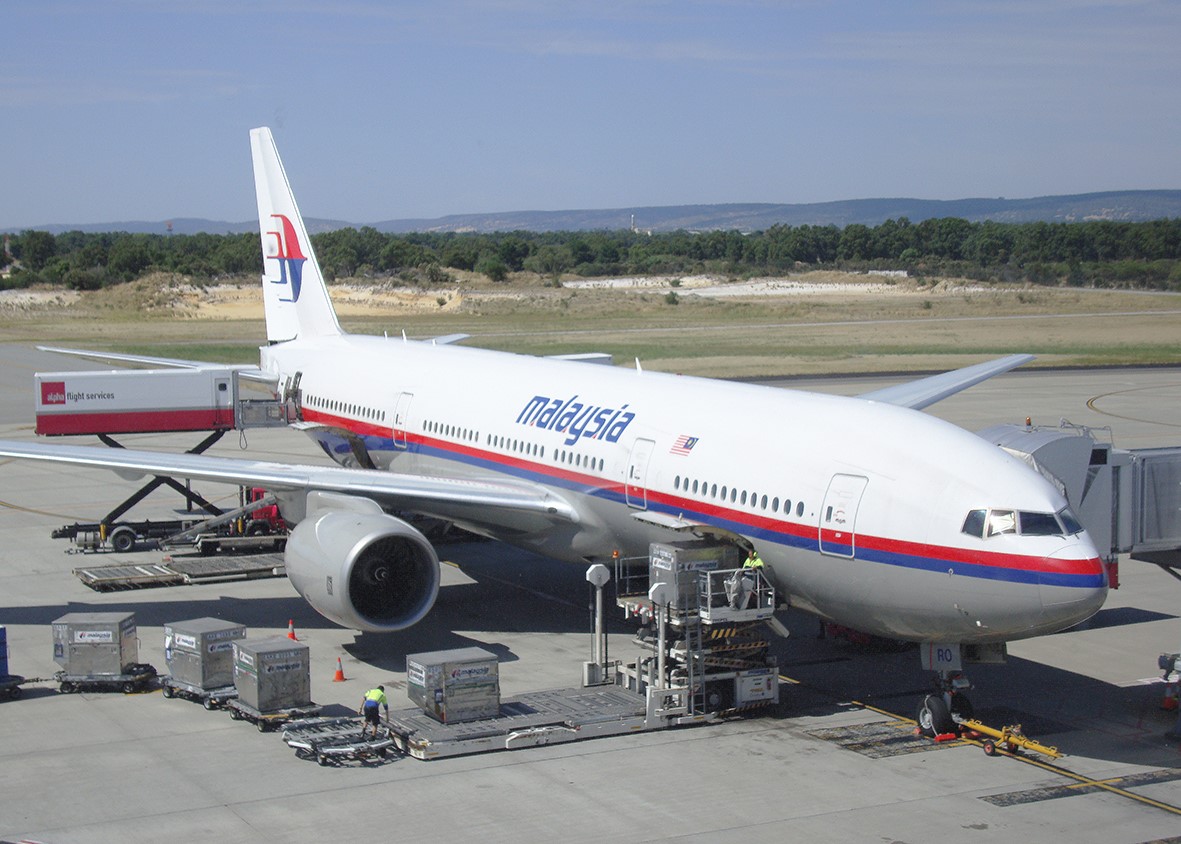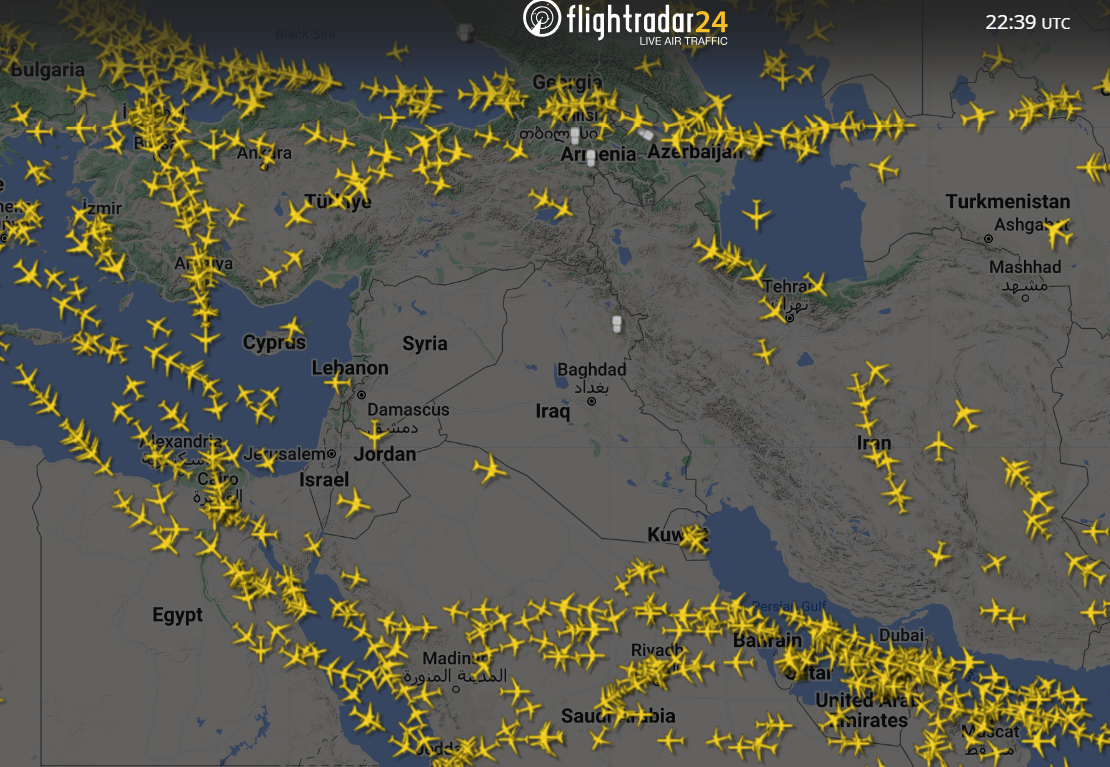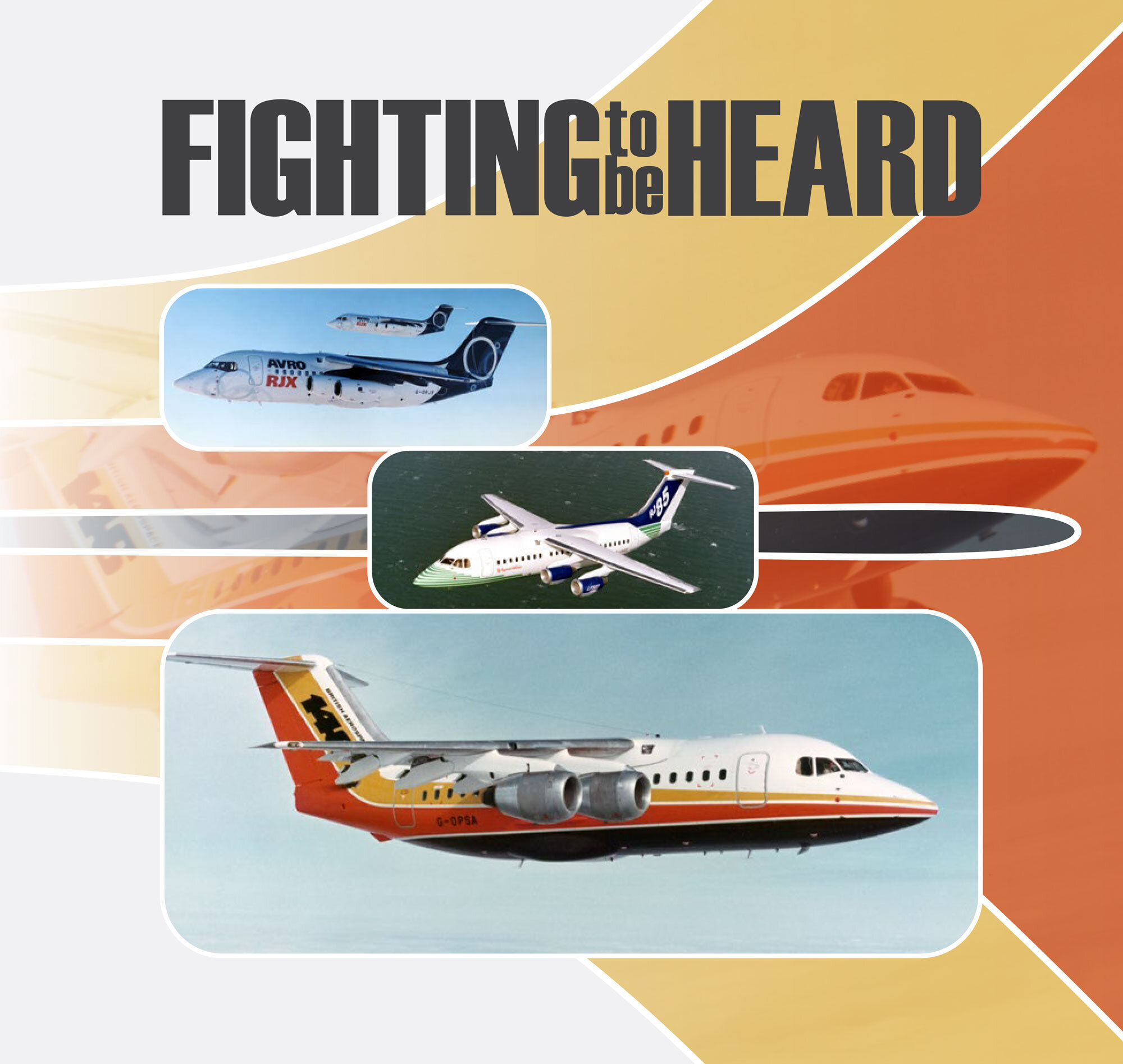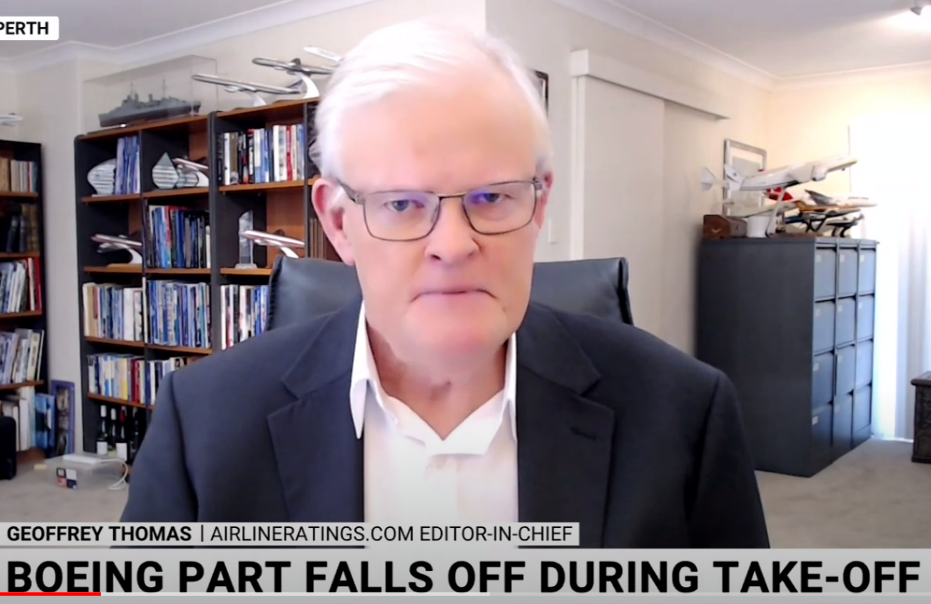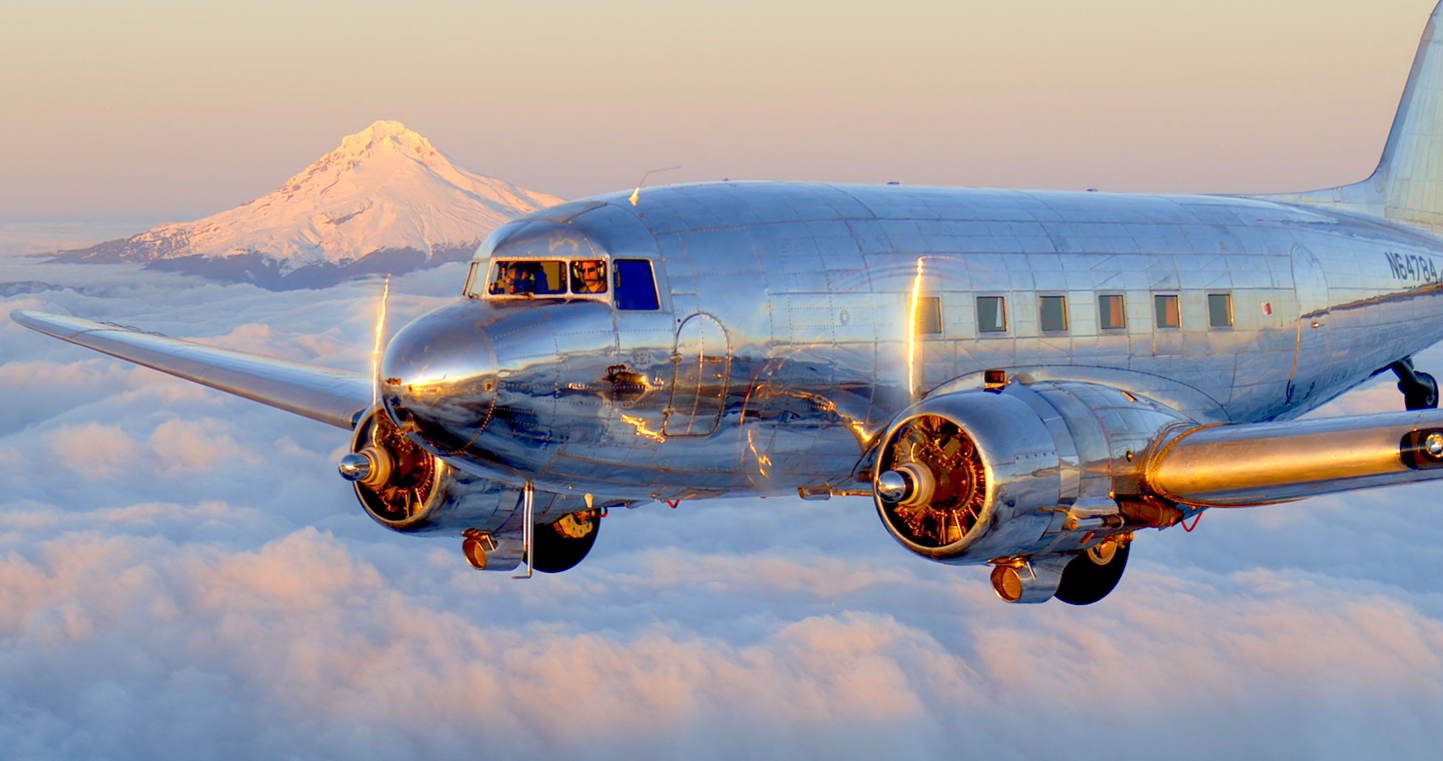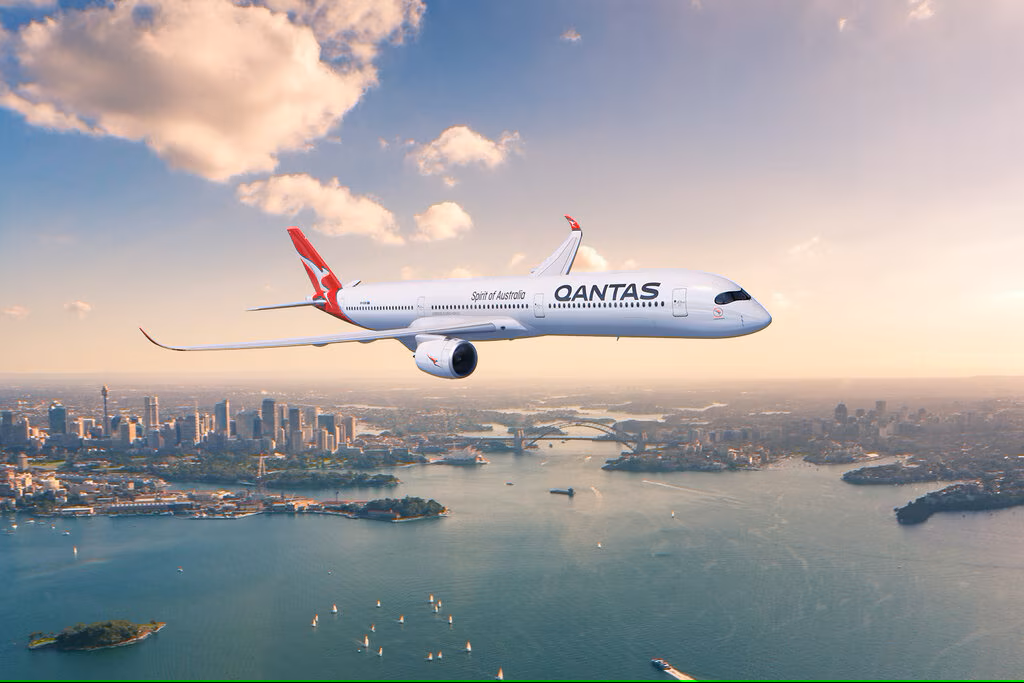Here is a list of the 10 most asked questions about MH370 authored by MH370 expert Mr Richard Godfrey.
1. Why was the northern arc never searched properly?
Inmarsat scientists, Chris Aston et al., published a paper in the Journal of Navigation titled “The Search for MH370” on 4th September 2014. They explain that the Burst Frequency Offset (BFO) satellite data shows that MH370 followed a southern route and not a northern route. The measured BFO frequencies match the predicted South track, but not the predicted North track. The Inmarsat paper can be found at the following link:
2. Why was it abandoned so quickly?
The evidence supplied was independently verified by a number of MH370 analysts. The authorities accepted the evidence and decided not to search the Northern route.
3. Why didn’t you or the BBC refer to it, even though the screen showed the complete arc when talking about the handshakes?
The BBC did refer to it. The documentary relates that evidence found by Inmarsat scientists using satellite data shows that the “aircraft continued flying for seven more hours” after the diversion, that there were “seven boundaries known as arcs, which MH370 must have crossed” and that “a more detailed analysis revealed that it turned south after living the Strait of Malacca.” I agree that the evidence was left out in the documentary.
SUGGESTED READ: Deeper Understanding in to final moments of MH370
4. The FR24 glossary defines ELT as Emergency Locator Transmitter. “Activated automatically upon impact, the ELT emits distress signals … to locate the aircraft’s position swiftly”. Can the ELT be turned off with the other aircraft information systems as Capt. Zaharie is supposed to have done?
The Boeing 777 has four ELTs. There is a fixed Emergency Locator Transmitter (ELT) located above the ceiling of the aft passenger cabin, which is automatically activated on impact. There are 3 other ELTs on MH370, one portable ELT in the cockpit and two portable in life rafts, but these are only activated on demand. The fixed ELT can only be switched between ‘ARMED’ and ‘ON’ in the cockpit. The device is accessible via a ceiling panel at station 1880 above the aft passenger cabin close to the aft galley. You would require a step ladder or equivalent in order to gain access. Once access to the device is gained, the ELT can theoretically be disabled by switching the front panel switch to off or disconnecting the antenna.
5. I have not come across a reference to ELT in all the reading and research I have done. If there was no ELT transmission from MH370, why was that?
There was no ELT transmission received from MH370. A review of ICAO accident records over the last 30 years prior to 2014 indicated that of 173 accidents involving aircraft fitted with ELTs, only 39 cases recorded effective ELT activation.
6. I know there were supposed to be some bleeps from the ‘black box’, but as I understand it, they were never verified. There would be no emission of ELT if the plane were safely landed somewhere, would there?
The aircraft did not land safely somewhere, as we have recovered 43 items of floating debris in various locations around the Indian Ocean. Most of this debris is either proven to be from MH370 or highly likely to be from MH370 as the only Boeing 777 ever to have crashed in the Indian Ocean.
7. As far as I know there have never been any details of what the mega spyware kept by the USA at Pine Gap in Australia, and on Diego Garcia, knew about MH370. They can monitor almost anything almost anywhere on the planet. If MH370 turned south when it passed the Andaman and Nicobar Islands, it was about 1800 miles from Diego Garcia. If it flew south, and if it passed east of Diego Garcia, it was only about 1000 miles away, and if it reached the search area west of Perth, it was within range of Pine Gap too. Am I wrong about all of that?
MH370 passed within range of Over-The-Horizon-Radar systems at the US base on Diego Garcia as well as ‘five eyes’ bases in Australia at Pine Gap, Leonora, Laverton, Longreach, Stonehenge, Mount Everard, Harts Range and the Harald Holt station. I have a friend who worked on JORN and another who worked the Harald Holt station on radar systems, but not on submarine underwater communications.
8. Has anyone asked the USA what it knows about the plane? If so, what did the Americans say?
Despite Freedom of Information requests regarding the FBI investigation, all information has been declined on the grounds of national security.
9. In your analysis of the radio interruptions, what caused you to decide that a route heading south was the one to look for?
The last known position of MH370, based on the Butterworth primary civilian radar, was 5.589118°N 99.165228°E at 18:01 UTC. The regional radar data contains 1,394 regular estimates of latitude and longitude at approximately 3 second intervals from 16:41:43 UTC to 18:00:51 UTC from four radar stations with three small gaps. A single additional latitude and longitude position was reported at 18:22:12 UTC but discounted due to the large gap to the penultimate radar position and possible inaccuracy due to the long range. From the last known position, 313 WSPR anomalies between 7th March 2014 between 18:00 UTC and 8th March 2014 00:28 UTC at a total of 195 points in time that were analysed. This represents a very accurate flight path.
10. How can you be sure that it was MH370 which caused the ‘ripples’?
WSPR uses two principles, firstly that radio waves can be reflected by an aircraft, as has been used in radar systems since 1935 and secondly that radio waves can propagate using ionospheric refraction and Earth surface reflection, as has been used since 1901. We have conducted tests with over 1,000 aircraft in different locations around the globe.
Want to read the answers to another six questions? Then click here.
JOIN: AirlineRatings.com YouTube Channel
GET: Accurate MH370 Information From AirlineRatings.com Newsletter
Airlineratings.com is packed with information about air travel and answers questions that many of us may have thought of, but didn’t know who to ask. Well, now you do!
Airlineratings.com was developed to provide everyone in the world with a one-stop shop for everything related to airlines, formed by a team of aviation editors, who have forensically researched nearly every airline in the world.
Our rating system is rated from one to seven stars on safety – with seven being the highest ranking. Within each airline, you will find the country of origin, airline code, booking URL and seat map information. The rating system takes into account a number of different factors related to audits from aviation’s governing bodies, lead associations as well as the airline’s own safety data. Every airline has a safety rating breakdown so you can see exactly how they rate.
Over 230 of the airlines on the site that carry 99 per cent of the world’s passengers have a product rating. Given that low-cost, regional and full-service carriers are so different we have constructed a different rating system for each which can be found within each airline.
Airlineratings.com has information on over 30 types of aircraft from the latest Boeing 787 to the A380 and smaller jets.
Best of all, there are simple answers to many of the quirky questions including:
- “What are all those noises after takeoff and before landing?”
- “Why do you have to put the window shades up for landing and takeoff?”
- “What is a winglet and what is it for?
- “Why is it so costly to fly short distances?”
- “How often is an aircraft maintained?
- “How strong is a wing?”
- “How do they test aircraft”
- “How often do plane tires need to be replaced?”





